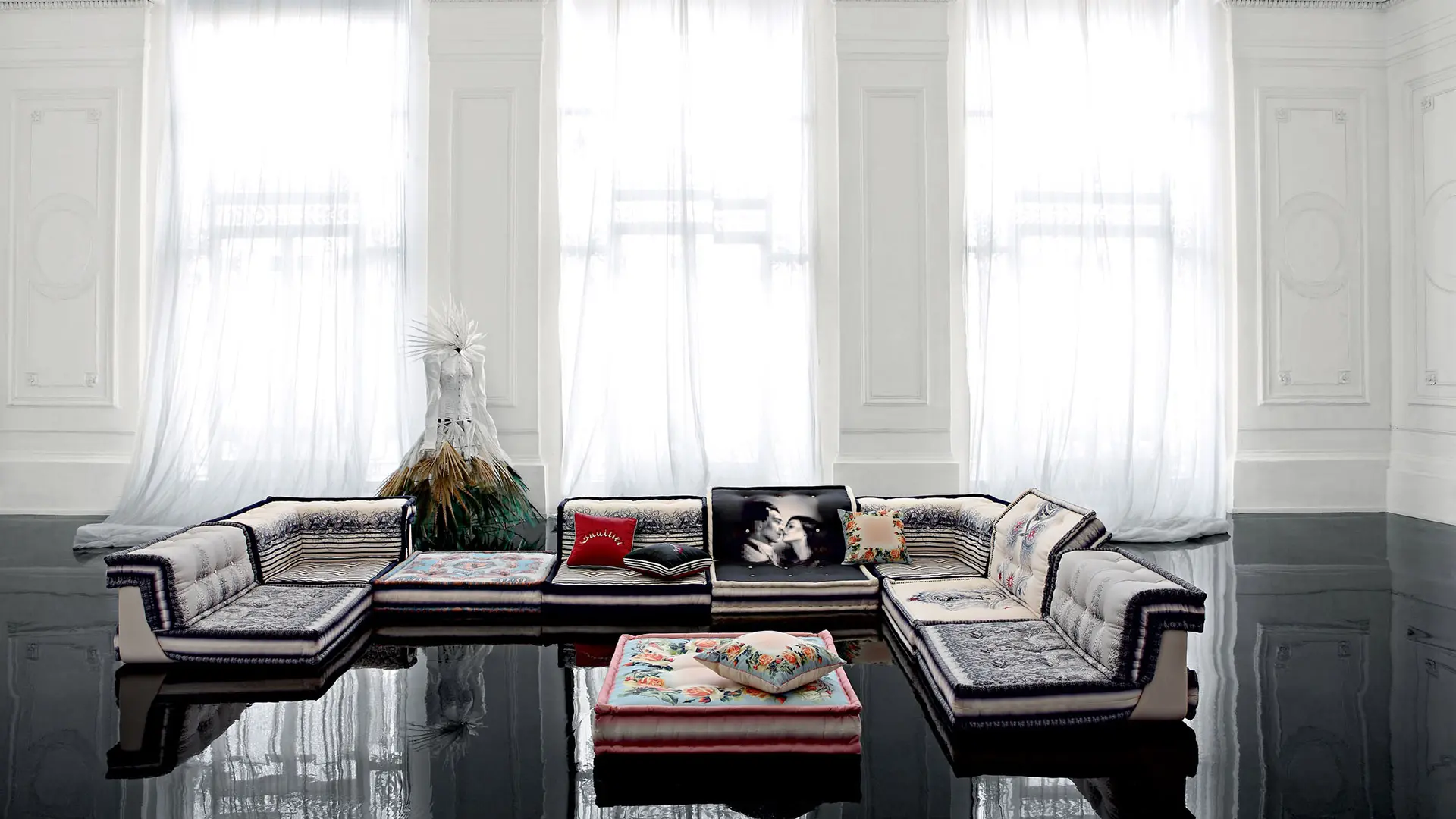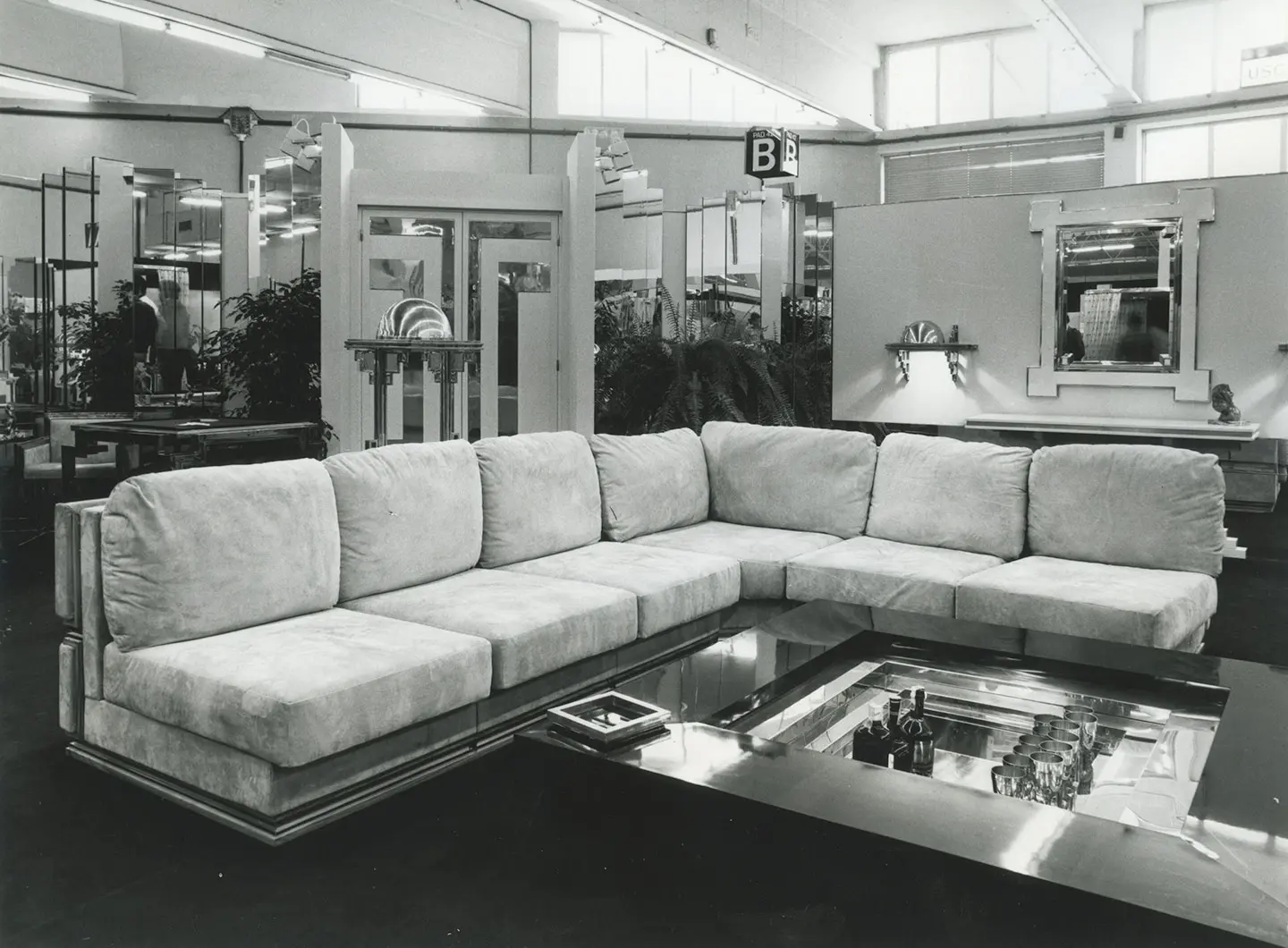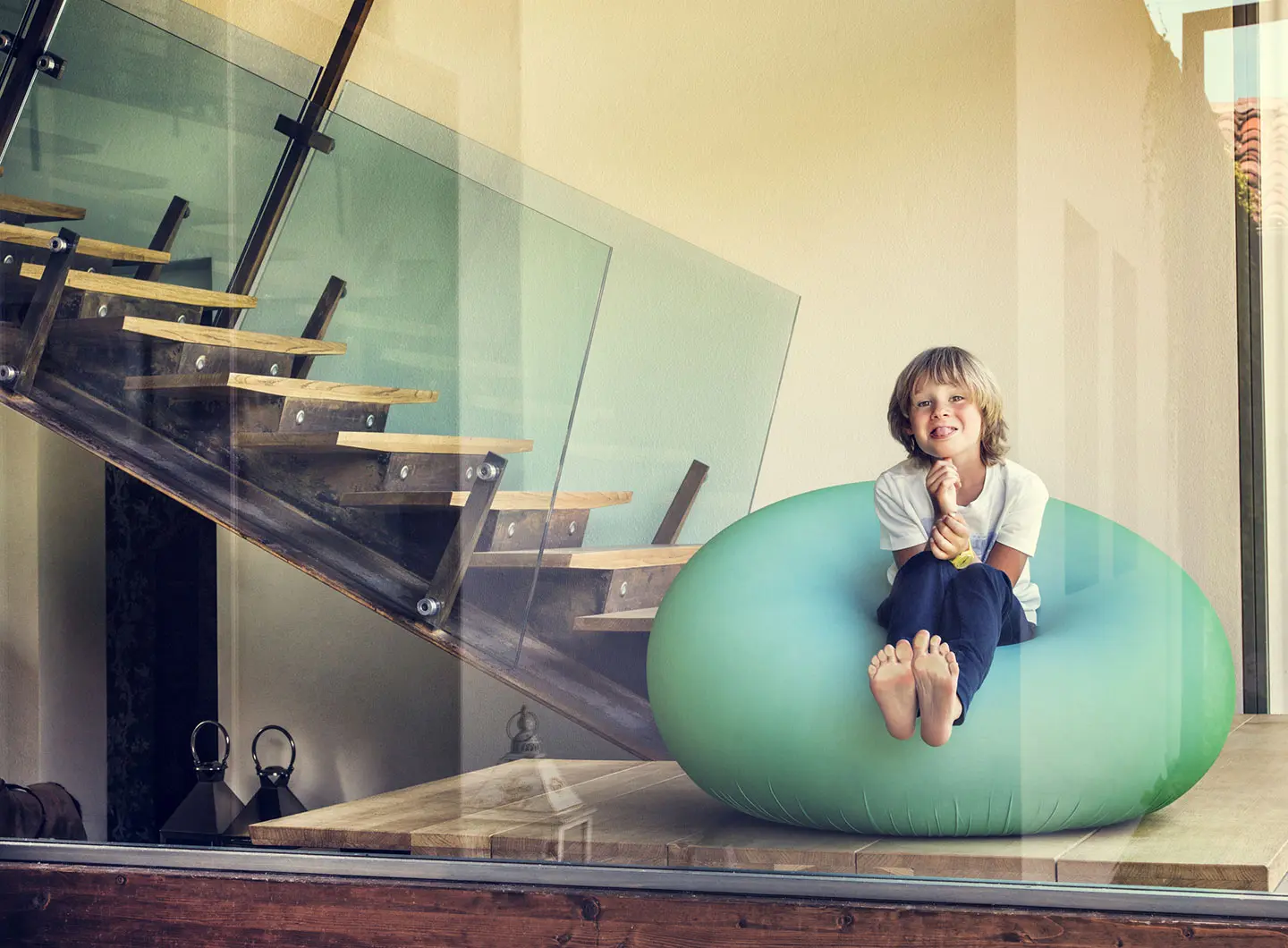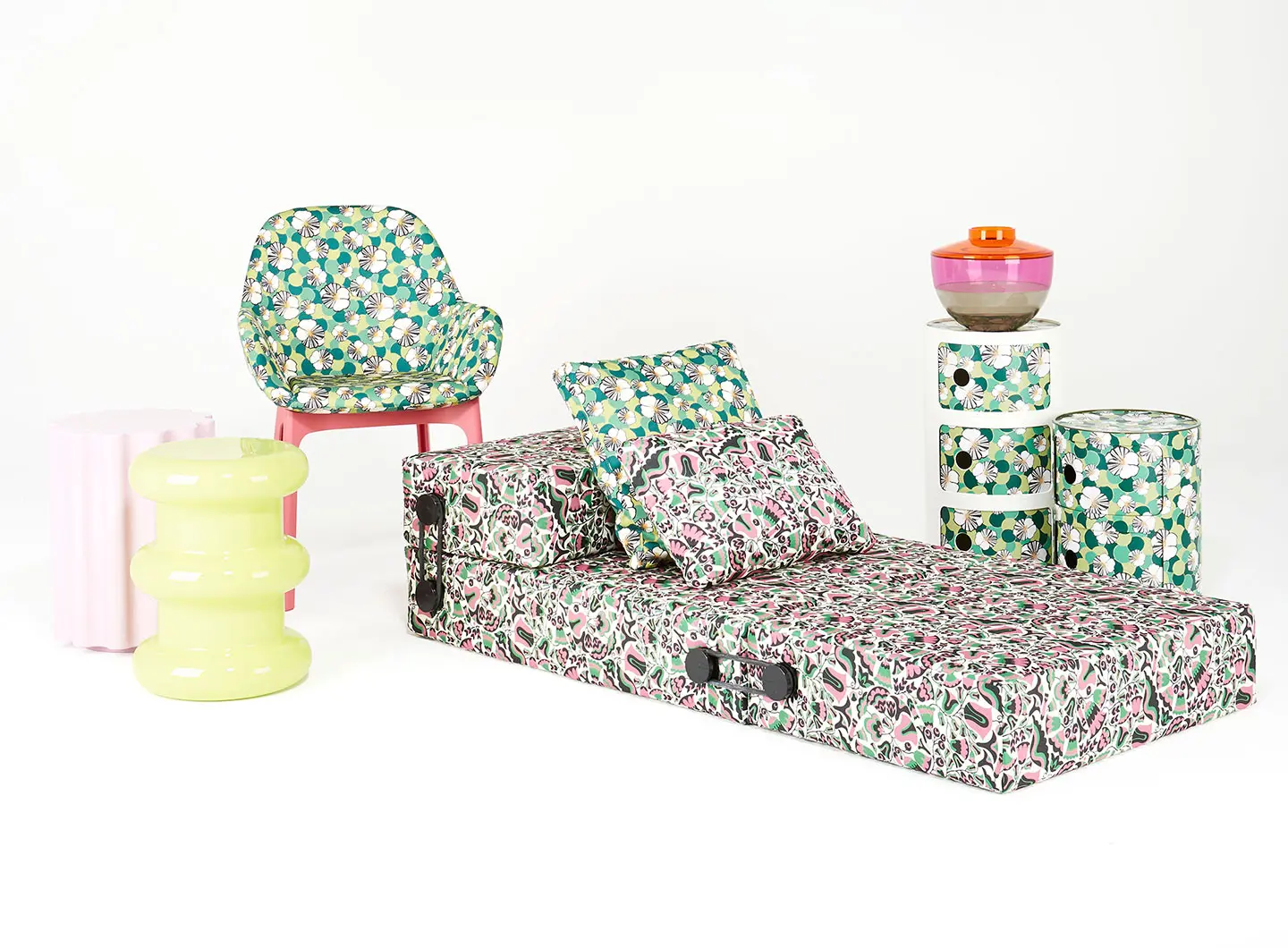From BIG to David Chipperfield, Frank Gehry to Snøhetta: a world tour of the best buildings set to open in 2026

Mah Jong, Jean Paul Gaultier for Roche Bobois
What do Alain Delon, Lenny Kravitz, Lapo Elkann and Carlo Cracco all have in common? A creative attitude that has prised them out of their comfort zones to dip their toes in alternative design.
“What would you have done if you hadn’t become an actor, musician, cook, stylist …?” “A designer!” might have been the response from someone who, while highly respected in their own field, might have decided to give design a go for once. If you look closely, the common thread linking these people (and their professions), is creativity, not a million miles from design. Add in a fortunate encounter with a company that knew how to see past just a “name” and hedge its bets on an outsider and the magic was accomplished.
It so happened that in 1975, Alan Delon, the film star par excellence, didn’t just put his name to but also personally presented “his” furnishing collection at the Salone del Mobile, reminiscent in style to that favoured by gangsters on the big screen or Arab billionaires of the time. The actor described it as “neither new nor old, nor futuristic nor antique. Just Alain Delon style.” What was the real story? A certain Vittorino Sabot, tenacious and visionary owner of a furnishing company in Udine, managed to convince Delon to authenticate the products. Even today, it’s easy to turn up one of those cocktail tables on the internet, selling for between 1,000 and 2,000 euros.

Design Alain Delon
A few years earlier, the eminent Italian physicist, mathematician and academic Tullio Eugenio Regge, no less, known as one of the most influential scientific thinkers of the 20th century, made his own mark on the design scene. Approached by Carlo Tondato, an entrepreneur who had collaborated with Gufram when Turin was reeling under the effect of the forays into Pop Art, Minimal Art and Arte Povera, and invited to design a chair, Regge set to work: “I chose a form of absolutely pure mathematics, a Dupin Cyclide,” he said. “Basically it looks like a toroidal form, squashed on one side, a donut with a central hole, made of polyurethane foam and covered with elasticated fabric.” This was Detecma – an acronym for Design, Technique and Mathematics – and it caused a sensation for the company (and throughout the design world) because it was the first piece of furniture ever to have been designed using an electronic calculator and made from polyurethane foam.

Detecma, design Tullio Eugenio Regge, Gufram - Photo by Alberto Peroli
More recently, another brand that has successfully channelled the emotional and design capabilities of sectoral outsiders is Kartell. Its portfolio is full of “alternative” names that bring different worlds, cultures and generations together. Then there’s rock icon Lenny Kravitz with Kartell Goes Rock, a revisiting of Philippe Starck’s Mademoiselle chair, and Marcelo Burlon, DJ, stylist and photographer, whose graphic logo is featured the company’s must have pieces. There’s also Jeremy Scott, at the helm of Moschino, and the table lamp that puts a new spin on the brand’s irreverent teddy bear emblem, and JJ Martin, journalist, influencer and creative director, who has selected a range of products and dressed them in vintage prints. Lapo Elkann has reinterpreted some of Kartell’s iconic pieces using the car wrapping technique to put together a special limited edition collection.

JJ Martin for Kartell - ©Tommaso Gesuato
Quite a few stylists have crossed the line from fashion to industrial design. The creative genius of Jean Paul Gaultier and Kenzo Takada, for example, was harnessed by Roche Bobois, who asked them to reinterpret the Mah Jong sofa. The enfant terrible of French fashion covered it with his emblematic nautical-themed upholstery, while Kenzo was inspired by the ancient Noh Theatre kimonos for his upholstery design, reinterpreting their patterns and colours. They were both delighted to work with the company, given that they shared the brand’s creative and original approach and because, as Gaultier says, “dressing furniture was a lot of fun as you don’t have to worry about pins!”

Mah Jong, Kenzo for Roche Bobois - Photo by Michel Gibert
Antonio Marras has brought back maxi flowers, houndstooth, tartan and original pictorial interventions of his own for the velvet, linen and woollen fabrics and upholstereds of the chairs for Saba. He is a great advocate of collaboration between art, furnishing and fashion, and approached this particular venture with a great sense of adventure, saying: “People never meet by chance, we (the stylist and brand CEO Amelia Pegorin, Ed.) have met with our pencils because there was a plan.”


 Stories
Stories











